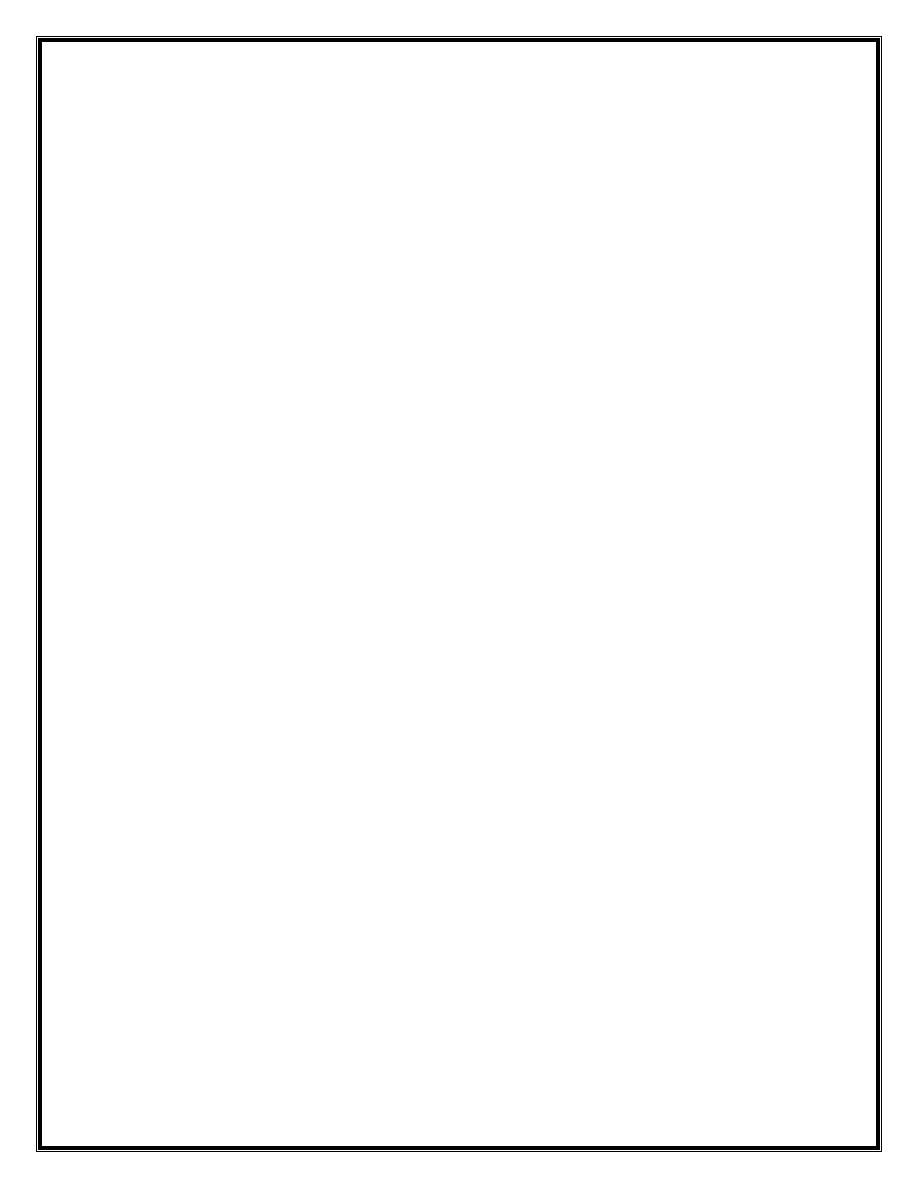
“Sinusitis”
Part 1
a- Acute sinusitis:
Commonly follow:
1. Cold
2. Dental extraction or infection
3. Trauma or operation
4. Allergy
5. Swimming
Predisposing factors:
1. Septal deviation
2. Nasal polyp sis
3. Enlarged adenoid
4. FB
Bacterial infection follow viral infection “pneumococcal. H, influenza Brah.
Cattarlis and staph. auras”
Symptoms
-
Pain worsen by bending.
-
Pyrexia.
-
Feeling of malaise.
Signs:
-
Copious nasal discharge
-
Post nasal drip
-
Localize tenderness
Treatment:
-
Analgesia
-
AB oral OR systemic
-
Local decongestant.
Treatment
continue for 7 days, if no response
surgical drainage.
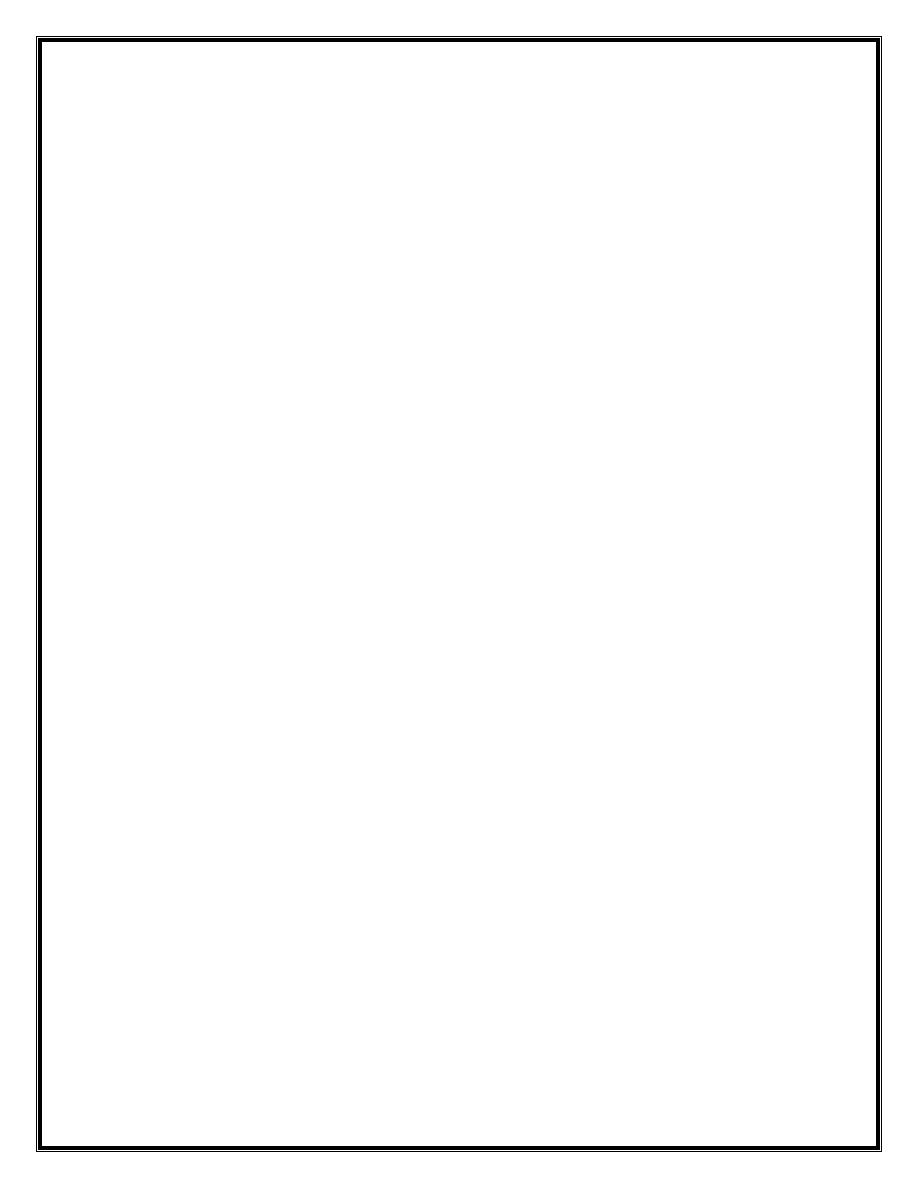
“Chronic sinusitis”
Predisposing factors:
-
anatomical: in 62% of cases:
concha bullosa
enlarged ethmoid
everted uncinated
paradoxical MT
haller cells
septal deviation
-
mucocilliary abnor: “primary cilliary dysplasia or secondary to infection,
Allergy”
-
Imm Deficiency “IgG, IgE”
Surgical procedures of sinuses:
A- Maxillary sinus:
1- Conservative:
AWO
Intranasal antrostomy
2- Radical cold well Luc.
B- Frontoethmosphenoid complex:
1- Conservative:
FESS
Trephination of frontal sinus
Intranasal ethmoidectomy
Osteoplastic flap operation
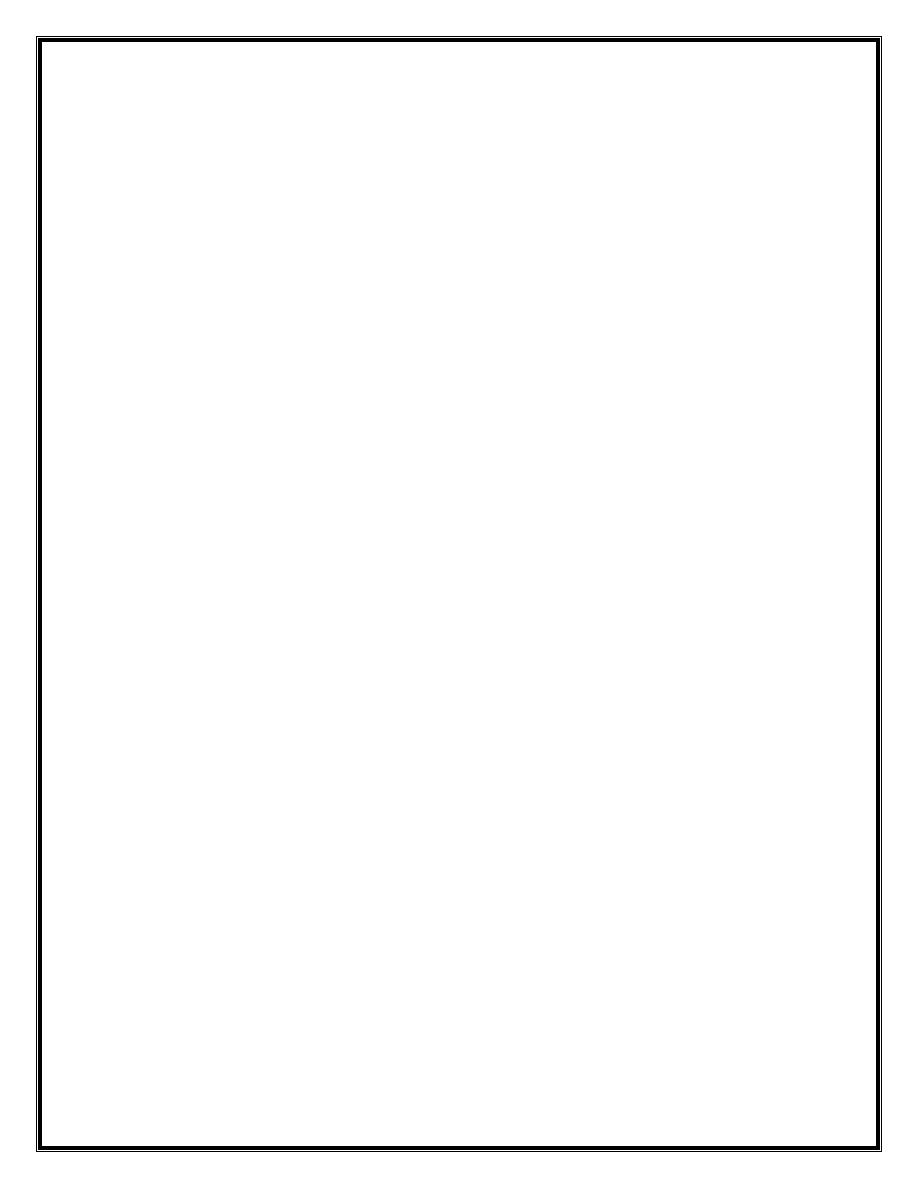
“Sinusitis”
5
th
class/part 2
Antral Lavage:
Indication
1. Diagnostic
2. Therapeutic
contra indication:
1. Children <3 years
2. Hypo plastic maxilla
3. Acute fibril sinusitis
4. Presence of orbital trauma
5. Bleeding tendency
Procedures done either under LA or GA. “Tilley Litchtwitz trocare and
canula” used for this purpose.
Complications:
1. Vagal attack
2. Bleeding
3. Damage to anterior wall pain + check swelling
4. Orbital floor injury
5. Embolism (air).
“Inferior meatal antostomy”
Indication: for acute and chronic sinusitis not responding to conservative. Rx:
which it relies upon gravitational drainage and aeration to improve sinus mucosa
done under GA better than LA. Window of about 2cm x1cm window is done in the
inferior meat us.
Complications:
1. Posterior extension bleeding injury to sphenopalatine art.
2. Anterior extension change of dental sensation injury to anterior
superior alveolar.
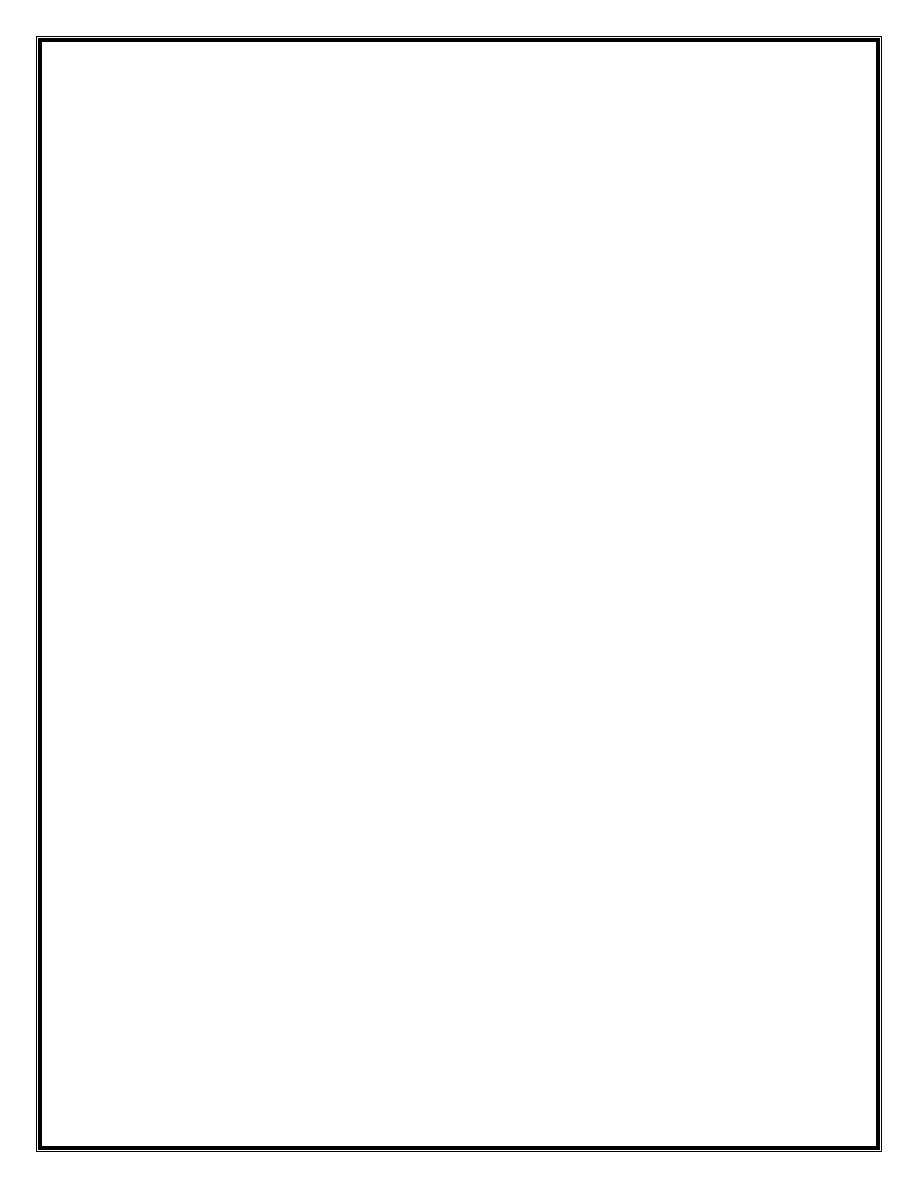
Cauld well Luc procedures:
Indication:
1. Chronic sinusitis, recurrent antrochoanal polyp
2. Closure of oroantral fistula.
3. Removal of dental cyst
4. Removal of FB ((Dental root)).
5. Stabilization of orbital floor.
Contra indication
1- Children before completion of second dentition.
2- As root for taking biopsy in malignancy
Operation done UGA better than LA. Incision done 3mm above
gingivolabial sulcus from posterior edge of lat. Incisor to 1, or 2
nd
molar flap
removed enter the ant rum through making in the canine fosse. “1-5.5 cm diam”.
Complications:
1- Lat extension He inj to sphinopatine art.
2- Inferior extension damage to teeth.
“frontal sinus washout”
Indications: acute frontal sinusitis not responding to conservative. Rx.
Technique:
Small incision made 1cm below medial end of eyebrow done to the bone
then sinus entered easily using drill, drainage tube inserted and sutured in
place for regular lavage over the following 48-72 hours.
Complications:
1- Damage to supra orbital N.
2- Damage to durra.
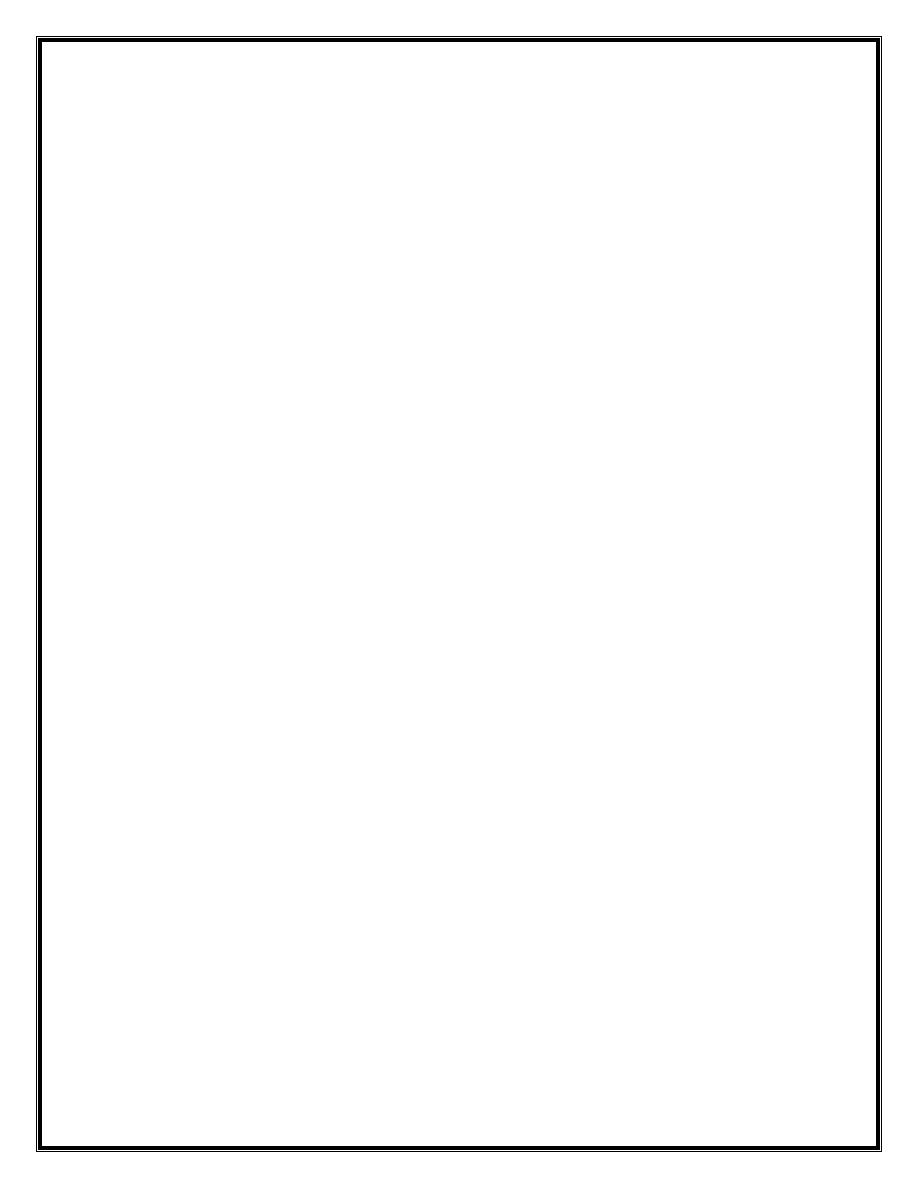
“Complications of sinusitis”
a. Orbital:
1- Orbital cellulites wout abscess.
2- Orbital cellulites w subperiosteal abscess
3- Orbital cellulites w intraperiosteal abscess.
b. Intracranial:
1- Meningitis, encephalitis
2- Abscess “extradural, subdural intraceebral”.
3- Cavernous sinus thrombosis.
c. Bony:
1- Osteitis
2- Osteomylitis “potter puffy synd”
3- Mucocell, pyocell
d. Dental
e. Otitis media, chronic tonsils Bronchiectessis.
f. Toxic shock syndrome
“Palatine tonsils (TS)”
Acute Ts: frequently in childhood because immunity to common
organism has not been establish.
Causative organism:
1- Viral adenovirus, E'BV, HSV and influenza.
2- Bacterial: B-Hemolytic strept . H' influenza, strept ' pneumonia
anaerobic 32%.
CIF
- Prodromal Illness
- Sore throat worsen on swelling
- In children abdominal pain.
- Otalgia “referred” or due to OM.
- Voice change restriction in movement of soft palate.
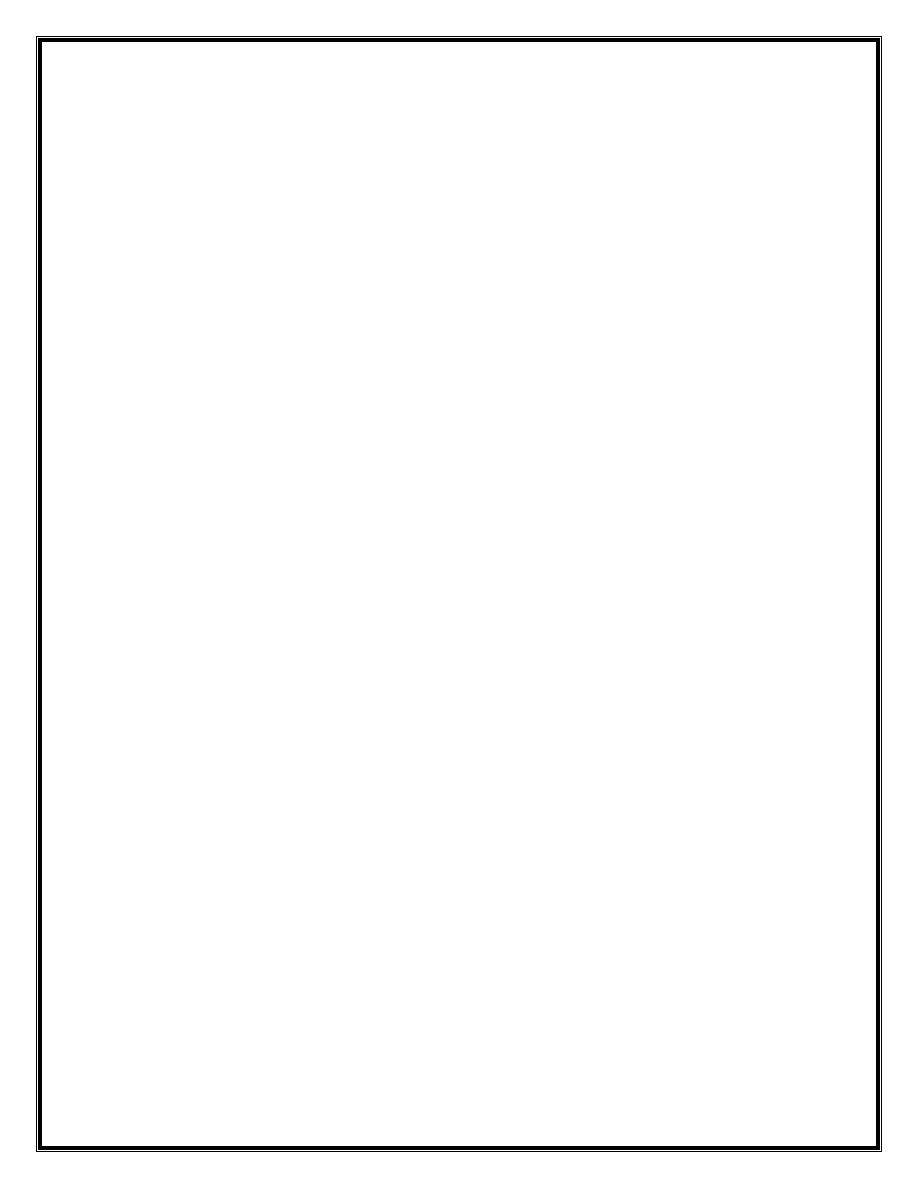
O/E
- Tonsils: hyperemic + pus debris.
- Tender cervical LN
Treatment:
- Bed rest + oral fluid
- Analgesia: paracetamol (10 mg/kg).
- AB Benz thin penicillin (10-20 mg/kg) 6h. If allergic
erythromycin.
DDX
1- Diphtheria: of insidious onset + features of toxemia O/E dirty
gray membrane may extend to phx and larynx, treated by full
abuse of penicillin + antitoxin (10.000 – 80.000).
2- Infections mononucleosis: caused by EBV, usually affect
teenage, DX by: +ve monospot test, atypical lymphocytes in
blood film. Rx bed rest, analgesia, penicillin, contraindicated
rash.
3- Pharyngitis due to blood Dis.: acute Leukemia +
Agranulositosis.
4- Scarlet fever: is streptococcal is producing erythrogenic toxin
erythogenic rash.
Complications of tonsillitis:
1- Local
- Acute otitis media
- Retropharyngeal and paraphyrngeal, sub mental abscess.
- Peritonsillar abscess.
- Respiratory obstruction.
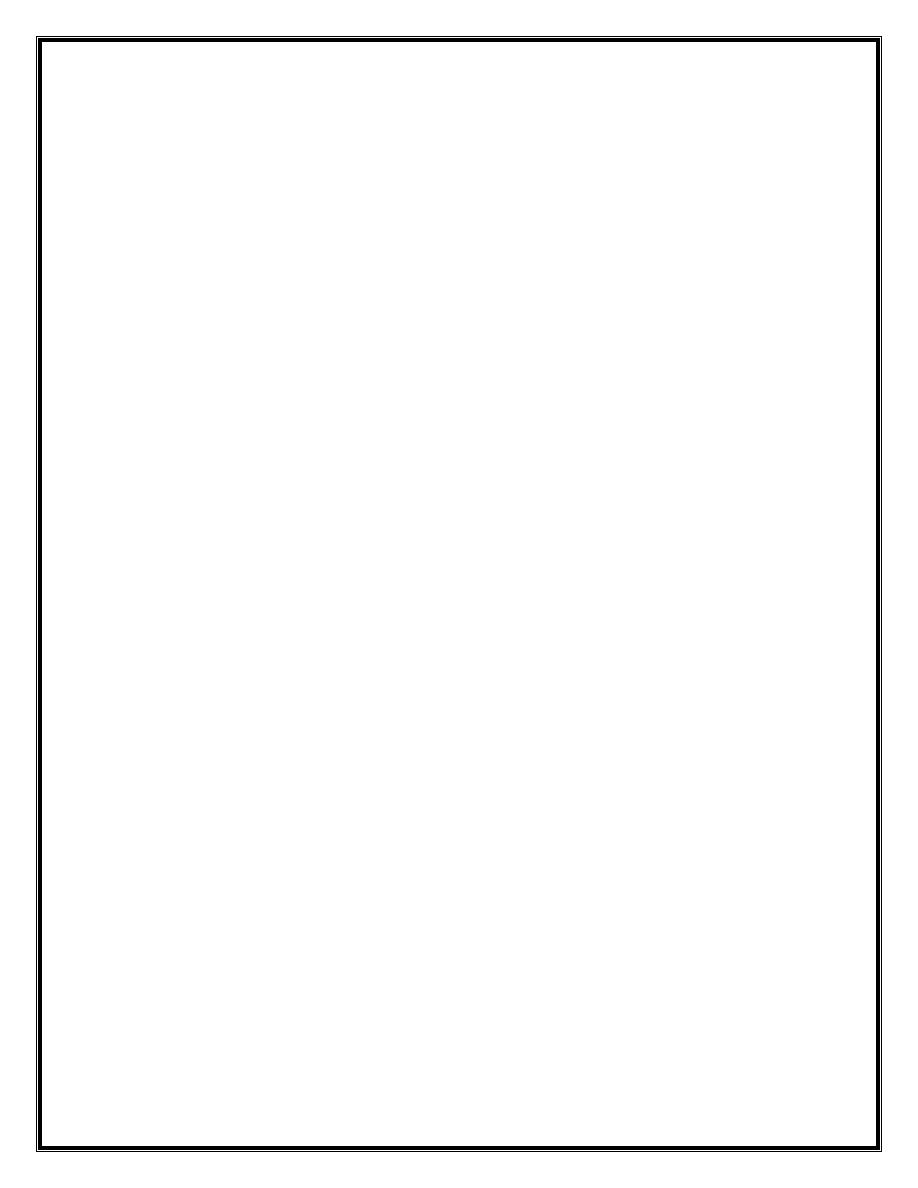
2- General:
- Acute rheumatic fever + GN
- Septicemia
Tonsillar debris and cyst:
- It's of no significant.
- Tonsillar cyst appear as yellow colored inclusion cyst.
- Only indication for tonsillectomy bad test of derbies.
DDX of unilateral (TS) enlargement:
- Peritonsillar abscess.
- Paraphryneal mass.
- Lymphoma, sq. cell carcinoma.
Ulceration of (TS)
- Infection "acute or chronic"
- Neoplastic "lymphoma, sq.cell car".
- Blood diseases "leukemia, Agranu".
- Miscellaneous "Aphthus, Behcet"
Indication for Tonsillectomy:
1- Recurrent episodes (6 attack/ year 2 years).
2- Peritonsillar abscess: 2
nd
attack.
3- Sleep apnea: mainly in children.
4- For biopsy susp. Malignancy.
5- For gaining access Glossophx N.
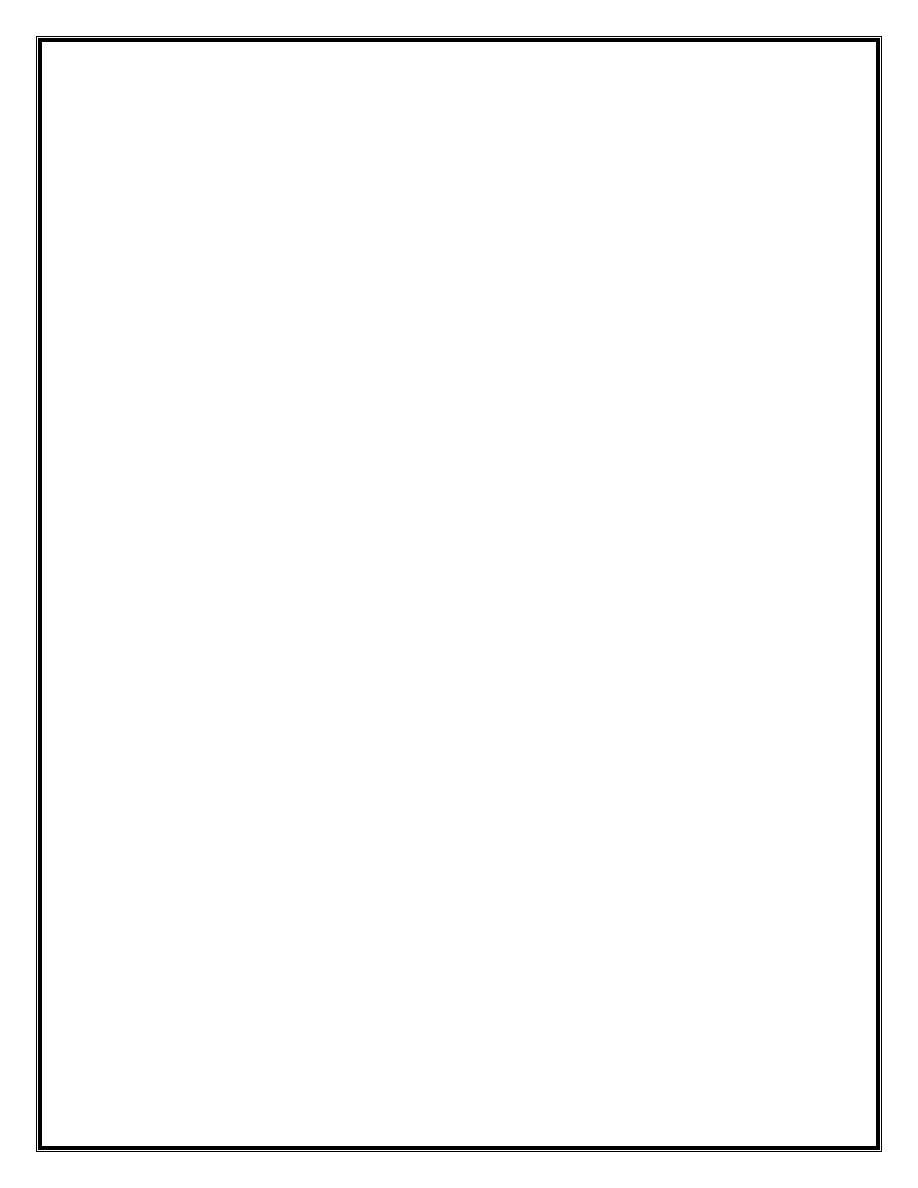
Contraindications:
- Recent URTI: post pond for 3wks.
- Hematologic. Problems "bleeding tendency, Hb< 10ml".
Post operative care:
- Observation: nursing during the first 24 hours.
- Post operative analgesia:
"paracetamol, dimorphine".
Complications:
1. Peri operative:
A. Primary He: at the time of operation:
Recent infection.
Previous Quinsy.
Bleeding tendency.
Treated by:
Cautory and ligation.
If not controlled then over swing of pillar over absorbable
material (Getfom).
B. Trauma:
Lip, teeth, tongue, TMJ, posterior phx wall, uvula.
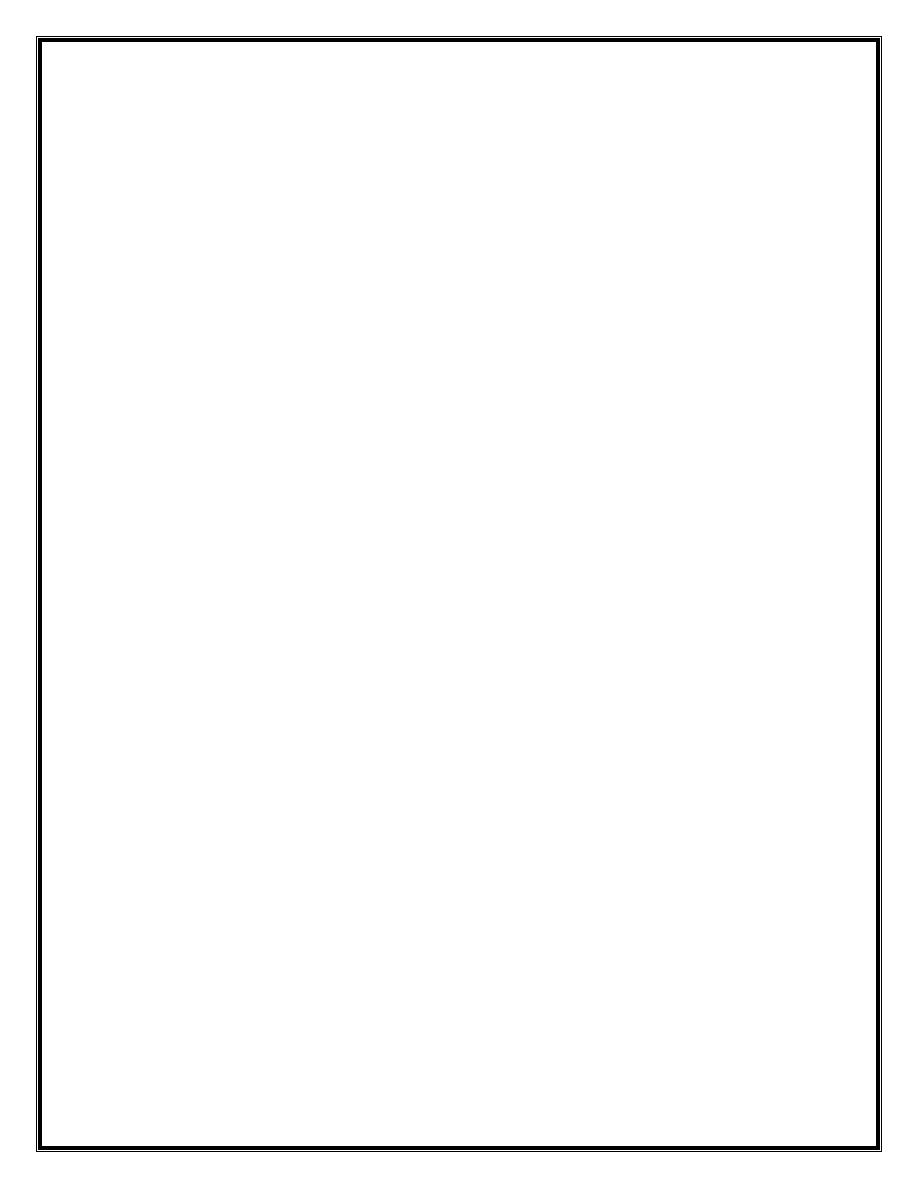
2- post operative:
a. Reactionary He: occur in first 24 hours, 1% caused by:
- Slipped ligature.
- Vasodilatation
- Dislodgment of clots.
Treated by:
Venous access should establish.
Clot removed 1:1000 adrenaline swab. If no response ligat.
UGA.
b. Secondary He: occur after 6-8 days due to infection, 1% it's usually
not sever:
Admission, venous access, syst AB blood for Hb% and cross
match. If no response lig. UGA, which is different due to friable
infected tissue.
c. Referred otalgia or due to OM.
d. Odema of uvula steroid.
e. Pulmonary complications.
f. Post operative scarring limit mobility of palate voice change.
g. Tonsillar remnant: failure to remove the lower pole, done to the
base of tongue result in re hypertrophy look as TS may
result in acute Ts.
